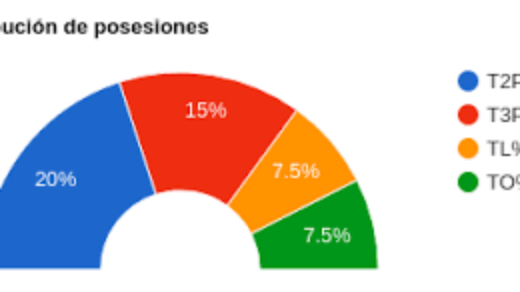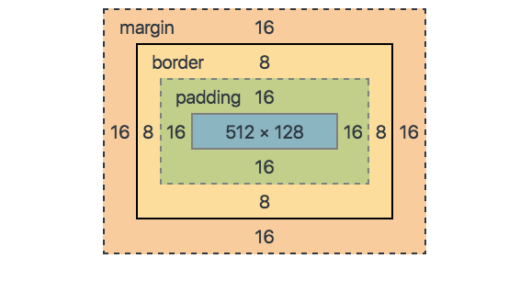JavaScript does not have a construct to cast into a (different) type like many other languages but some built-in helpers can be used instead. Most notably, the global objects Boolean, Number, and String can be used as functions to convert a value to the respective type.
Converting to a Boolean (Truthy/Falsy Values)
With Boolean(value) you can convert any value to a boolean. How does that work?
There is a fixed set of values, so-called falsy values, that convert to false. Most importantly, false, 0, empty string, null, undefined, and NaN are falsy.
For all other values, Boolean returns true. These values are called truthy.
Boolean(-1);
// => true
Boolean(0);
// => false
Boolean(‘ ‘);
// => true
Boolean(”);
// => false
Note that because of the described rules, ‘0’, ‘false’, [], and {} are truthy in JavaScript.
Converting to a Number
A number (value) can be used to convert a value into a number. Whitespaces at the beginning and the end of a string are ignored and an empty string is converted to 0. If you try to convert a non-primitive value or a string that does not represent a number, no error will be thrown. Instead, the result is NaN.
Number(‘ -12.34 ‘);
// => -12.34
Number(‘1,2’);
// => NaN
Number(‘1 2’);
// => NaN
Number(”);
// => 0
Number(’10e3′);
// => 10000
Number({ key: ‘123’ });
// => NaN
Below you can see what Number returns for other primitive values.
Number(true);
// => 1
Number(false);
// => 0
Number(null);
// => 0
Number(undefined);
// => NaN
Note that in contrast to the last example, Number() called without any argument is defined to return 0.
JavaScript also provides the functions parseInt and parseFloat. They apply laxer rules as to which strings can be converted to a number. Because of that, Number should be preferred as the conversion function to avoid unexpected outcomes.
parseInt(‘123a45’);
// => 123
Number(‘123a45’);
// => NaN
Converting to a String
With String(value) you can convert a value to a string. The result is what you would expect it to be for primitive values.
String(12.34);
// => ‘12.34’
String(false);
// => ‘false’
String(null);
// => ‘null’
String(undefined);
// => ‘undefined’
For arrays, the String function will apply the string conversion for each element and join the results with a comma. You can also apply the join method yourself, e.g. to customize the separator. However, in these cases null and undefined will be converted to an empty string.
String([42, null, true, ‘Kashi’]);
// => ’42,,true,Kashi’
For objects, by default String returns an unhelpful text.
String({ key: ‘value’ });
// => ‘[object Object]’
You can customize the conversion behavior, e.g. by providing a toString method. The section “Object to primitive conversion” on javascript.info explains the details.
Another common way to achieve a better string representation for objects and arrays is to use JSON encoding. You can convert it into a string with JSON.stringify and back into an object or array with JSON.parse.
const obj = {
name: ‘Kashinath Jadhav’,
address: {
city: ‘Pune’,
},
};
JSON.stringify(obj);
// => ‘{“name”: “Kashinath Jadhav”, “address”:{“city”: “Pune”}}’
Type Coercion
In certain contexts, JavaScript will automatically convert a value to another data type before it evaluates some statement. This implicit conversion is called type coercion.
Boolean Context
When a value is used in a boolean context, JavaScript will apply the same rules as the Boolean function to implicitly convert the value.
- When the condition of an if statement is not a boolean, coercion is applied to determine whether the condition is fulfilled or not. The same applies to the first operand of the ternary operator ?.
const num = 0;
if (num) {
// this block is NOT executed because 0 is falsy
}
const name = ‘Kashi’;
name ? ‘name was provided’ : ‘no name provided’;
// => ‘name was provided’
- The operand of the logical NOT operator ! is also coerced into a boolean before the NOT operation is applied.
- const name = ”;
- !name;
- // => true
- A result of the described behavior is that !!value has the same effect as Boolean(value). Nevertheless, you should use Boolean for readability.
- JavaScript also applies coercion for the operands of the logical AND (&&) and OR (||) operators. But keep in mind that the result of the expression is not necessarily a boolean. It returns one of the original operands.
null || ‘hello’;
// => ‘hello’
String Context
If the addition operator + is used for primitive values and one operand is a string, the other one will be coerced into a string as well. The conversion logic is the same as when using the String function. Afterward, the two strings are concatenated.
let name;
‘hello ‘ + name;
// => ‘hello undefined’
The same implicit conversion happens for non-string values that are embedded in template strings.
const degrees = 23;
`It is ${degrees} °C`;
// => ‘Is is 23 °C.’;
Numeric Context
Many operators coerce the operands into numbers (if necessary) according to the logic of the Number function explained above.
- Arithmetic operators: + (if no string is involved), -, *, /, %, **
- Unary plus and unary negation operators: +, –
- Relational operators (for non-string operands): >, >=, <, <=
- Bitwise operators: |, &, ^, ~
When an operand could potentially be a string, it is best to always explicitly convert with the Number function to avoid mistakes.
‘1’ + ‘2’;
// => ’12’
// addition operator in string context as explained above
Number(‘1’) + Number(‘2’);
// => 3
Sometimes you will see the unary plus operator being used to coerce a string into a number. This is not recommended because it is much harder to read than the explicit Number call.
const value = ’42’;
+value;
// => 42
Number(value);
// => 42



